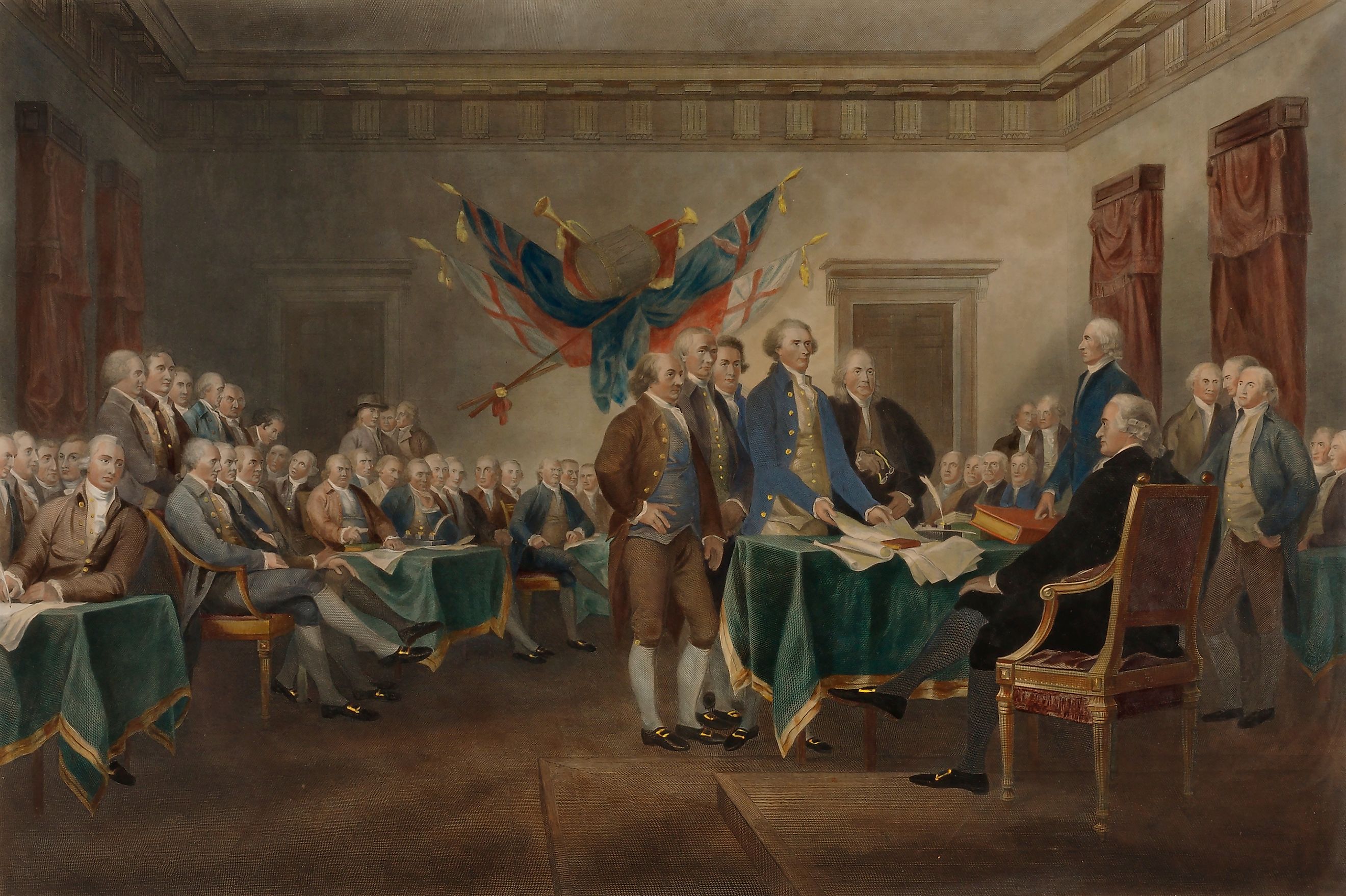
Who Wrote The Declaration of Independence?
The Declaration of Independence stands as one of the most powerful symbols of American liberty. Signed on July 4, 1776, it formally declared the 13 American colonies independent from British rule. But who actually wrote it? The answer is more complex—and more collaborative—than most realize. While Thomas Jefferson’s name is most often associated with the Declaration, several key figures played vital roles in its creation, editing, and eventual adoption.
Explore the origins of the Declaration, who wrote it, and how the final version came to represent a turning point not only in American history but in the story of democratic governance worldwide.
The Primary Author: Thomas Jefferson
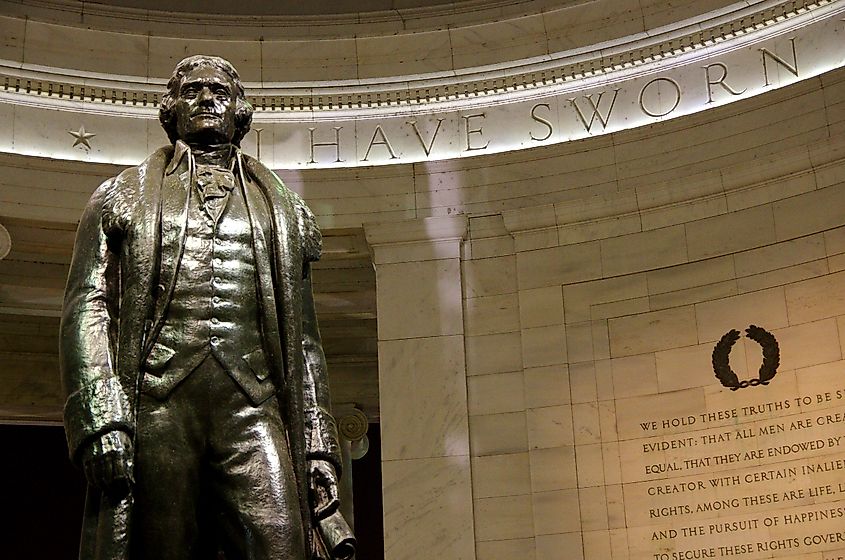
When asked, “Who wrote the Declaration of Independence?” the short answer is Thomas Jefferson. At just 33 years old, Jefferson was chosen by the Second Continental Congress to draft the document. Despite his youth, Jefferson had already earned a reputation as a skilled writer and a deep thinker. His earlier work on the Virginia Constitution and his powerful pamphlets criticizing British rule made him a natural choice for the job.
Jefferson was part of a five-man committee tasked with drafting the Declaration, but the actual writing fell largely to him. The other members—John Adams, Benjamin Franklin, Roger Sherman, and Robert R. Livingston—reviewed and suggested changes to the draft, but the words were mostly Jefferson’s.
Why Jefferson?
John Adams later recalled that Jefferson was selected for several reasons:
-
He was from Virginia, the most influential colony at the time.
-
He had a reputation as an eloquent writer.
-
He was well-liked and respected within Congress.
-
Adams himself believed Jefferson was the better stylist.
In Adams’ own words, “You can write ten times better than I can,” when Jefferson initially tried to defer the responsibility.
The Committee of Five: Who Else Was Involved?
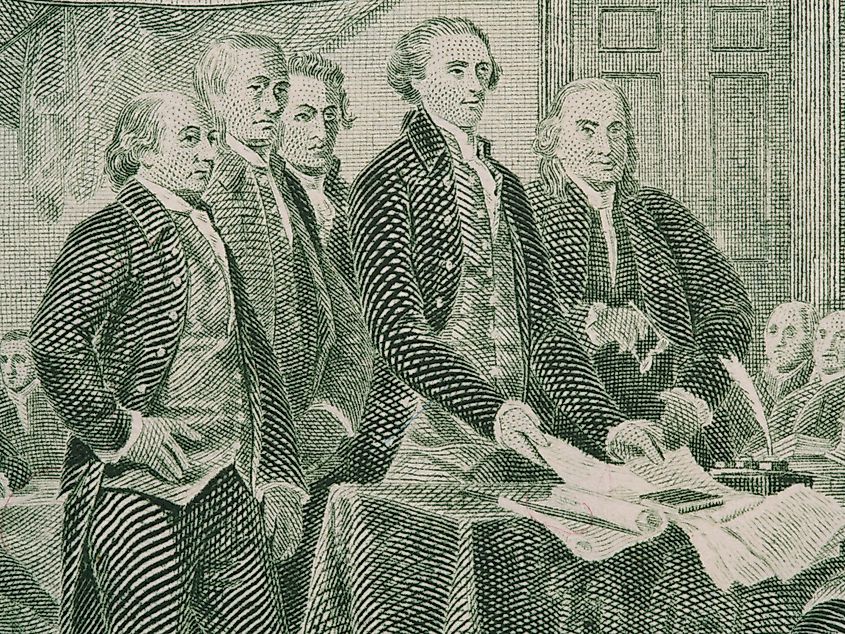
Though Jefferson was the principal author, the drafting of the Declaration was a group effort. The Continental Congress appointed five men on June 11, 1776, to create the document:
1. Thomas Jefferson (Virginia)
The primary drafter.
2. John Adams (Massachusetts)
A passionate advocate for independence, Adams reviewed Jefferson’s draft and made key suggestions.
3. Benjamin Franklin (Pennsylvania)
Franklin was the elder statesman of the group. He offered editorial feedback and softened some of Jefferson’s more pointed language.
4. Roger Sherman (Connecticut)
Sherman was a respected lawyer and politician. Though less directly involved in writing, he contributed to the deliberations.
5. Robert R. Livingston (New York)
Livingston had an influential voice but was recalled to New York before the final signing and did not sign the document.
The Drafting Process
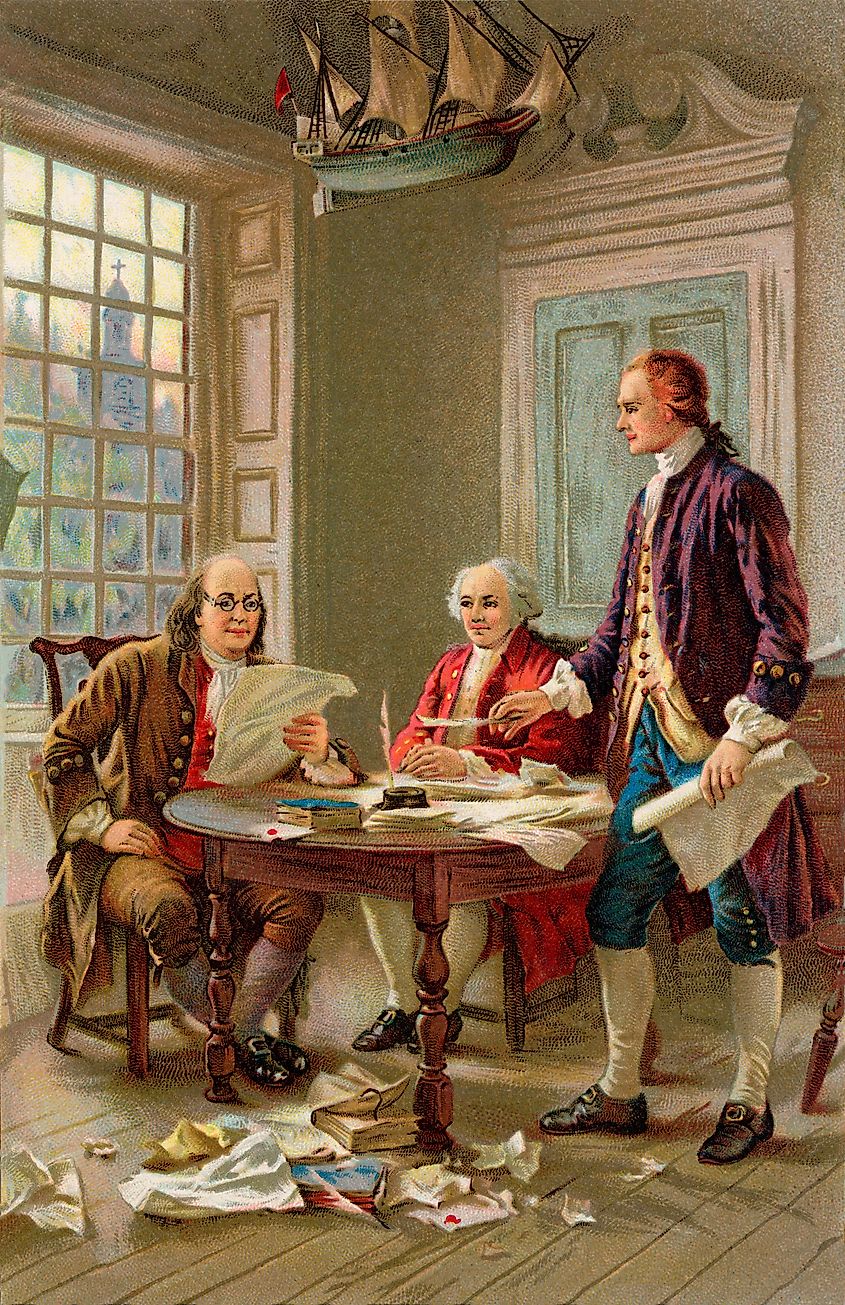
Jefferson wrote the first draft of the Declaration over the course of 17 days in a rented room in Philadelphia. He drew inspiration from Enlightenment thinkers like John Locke, as well as Virginia’s Declaration of Rights. His goal was to clearly articulate the colonies’ reasons for breaking away from Great Britain.
The first draft included:
-
A preamble explaining the colonies' natural rights.
-
A list of grievances against King George III.
-
A declaration of independence from British rule.
Jefferson’s language was bold and philosophical, particularly in his now-famous lines about “unalienable Rights” including “Life, Liberty, and the pursuit of Happiness.”
Revisions and Edits
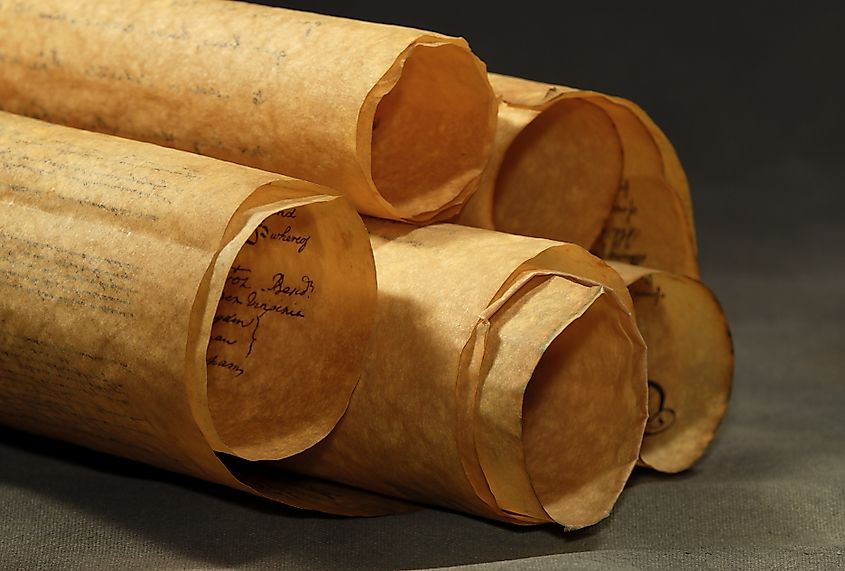
Jefferson submitted his draft to the Committee of Five, who suggested several revisions. Most notably, Benjamin Franklin made edits to tone down some of the more inflammatory language.
Once the committee agreed on the revised draft, they submitted it to the Continental Congress on June 28, 1776. Congress then spent two days debating and editing the document further. During this stage, approximately a quarter of Jefferson’s original text was cut or altered.
One major deletion? A passage condemning King George III for the slave trade. Southern delegates and some northerners objected, and it was removed to maintain unity among the colonies.
Jefferson was reportedly frustrated by the edits, but he recognized the political necessity of compromise.
The Final Approval: July 4, 1776
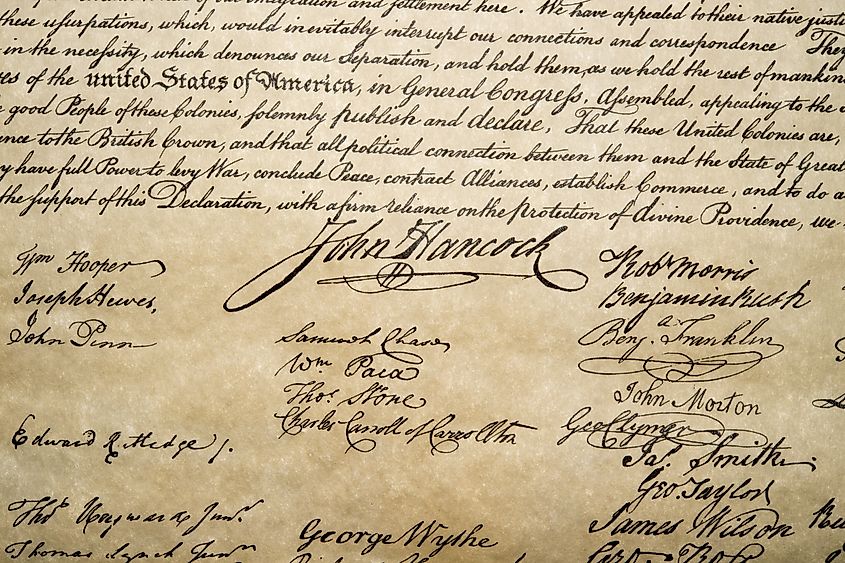
On July 2, 1776, the Continental Congress voted to declare independence. Two days later, on July 4, they approved the final text of the Declaration of Independence.
It was then printed and distributed throughout the colonies. The most famous version—the one bearing the signatures of 56 delegates—was not signed until August 2, 1776.
The Document’s Structure
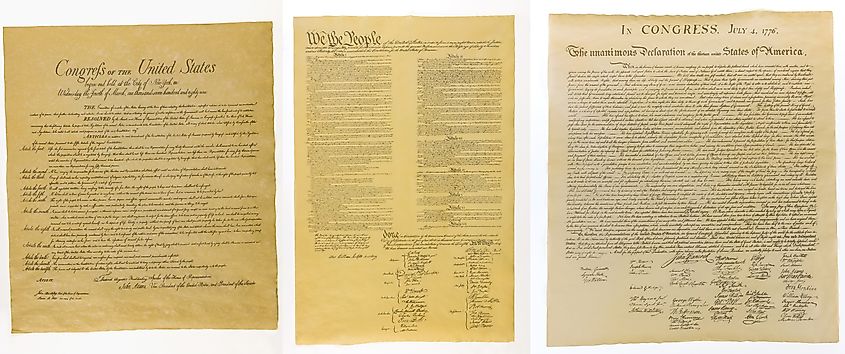
The Declaration is composed of four main parts:
-
Preamble This introduces the purpose of the document and outlines the philosophy behind it, including the famous line: “We hold these truths to be self-evident, that all men are created equal…”
-
Declaration of Rights This section expands on the idea of natural rights and the role of government in protecting them.
-
List of Grievances A detailed list of complaints against King George III, justifying the colonies’ decision to sever ties.
-
Resolution of Independence A formal declaration that the colonies are now “Free and Independent States.”
Legacy of the Declaration
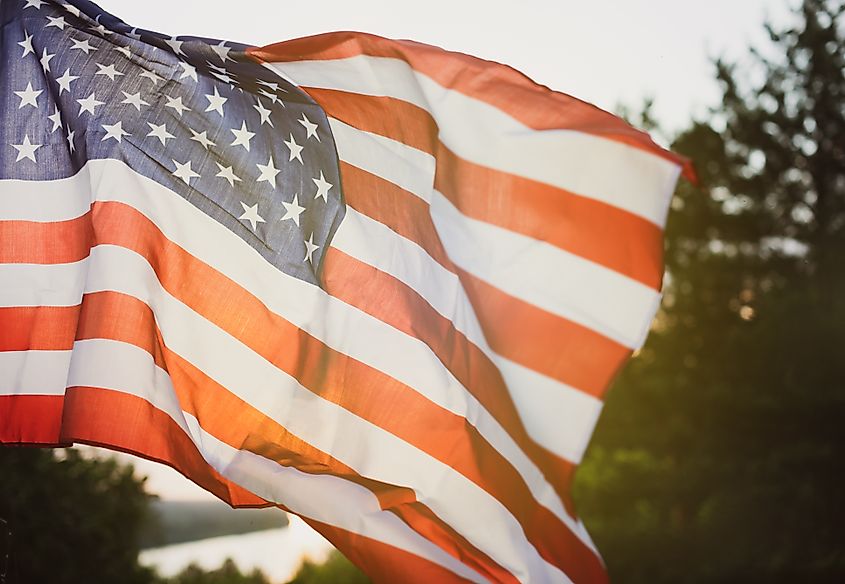
National Symbol
Over time, the Declaration of Independence became more than just a political statement. It evolved into a national symbol of freedom, equality, and democratic ideals. Abraham Lincoln famously echoed its principles in the Gettysburg Address, describing the United States as a nation “conceived in Liberty, and dedicated to the proposition that all men are created equal.”
Global Influence
The Declaration also inspired democratic movements around the world. From the French Revolution to the decolonization of Africa and Asia, its message resonated with oppressed people seeking self-determination.
Jefferson’s Words Live On
Though heavily edited at the time, Jefferson’s words have endured. The Declaration is a testament to his writing ability and vision, even if the realities of American society—including the continued practice of slavery—initially fell short of its ideals.
Where Is the Original Now?
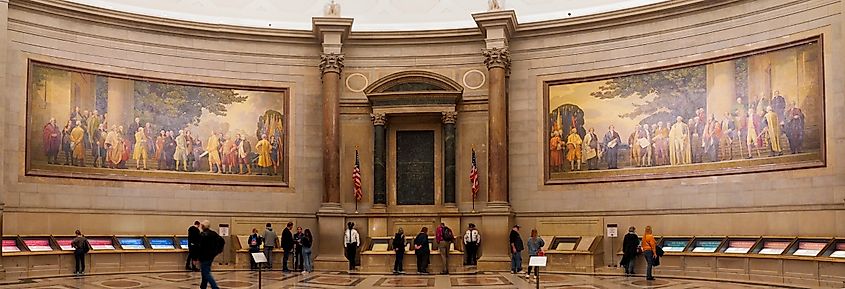
The original, signed parchment copy of the Declaration of Independence is housed at the National Archives in Washington, D.C., displayed in the Rotunda for the Charters of Freedom. Due to its age, the document has faded over time, but it remains a powerful artifact of American history.
One Pen, Many Voices
So, who wrote the Declaration of Independence? While Thomas Jefferson’s pen drafted the first version, the final document was shaped by multiple hands and voices. John Adams, Benjamin Franklin, and the entire Continental Congress played roles in refining and approving the words that would ignite a revolution and define a nation.
The Declaration of Independence stands as both a product of its time and a timeless expression of liberty. Its message—crafted with conviction and clarity—continues to inspire those who believe in the enduring power of self-governance and the universal right to freedom.
Frequently Asked Questions
Was Thomas Jefferson the sole writer of the Declaration?
Jefferson was the principal author, but others including Adams and Franklin contributed to edits and revisions.
When was the Declaration of Independence signed?
It was adopted on July 4, 1776, but most of the signatures were added on August 2, 1776.
What was the purpose of the Declaration?
To formally declare the American colonies’ independence from Britain and outline the philosophical basis for that decision.
Can I see the original Declaration?
Yes, it’s on display at the National Archives in Washington, D.C.
Why is the Declaration still important today?
It expresses foundational ideals of freedom and equality that continue to shape American identity and influence global democracy.